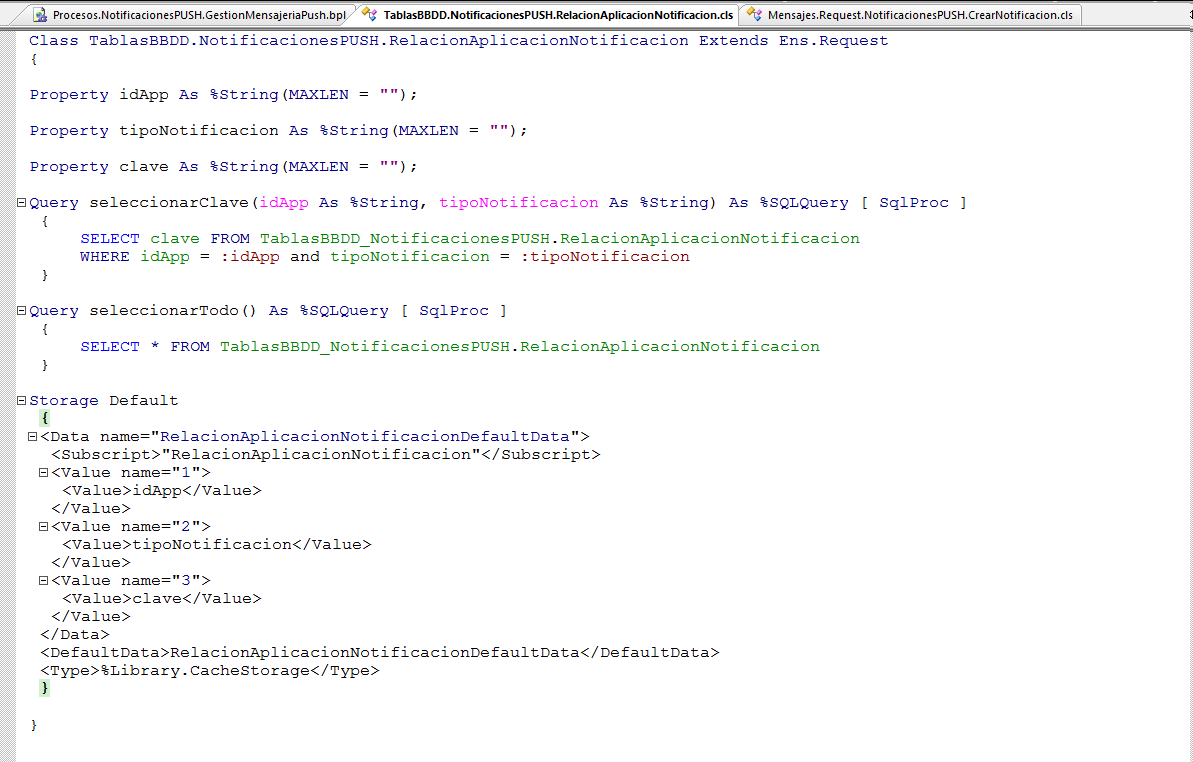Is there a way to query the database structure? In SSMS there are queries for finding tables with a column with a certain name (using LIKE). And there is the redgate tool SQL Search. But I'm not sure how to go about looking for columns that have say a value of 'PATID' and returning all tables that match. Does anyone know?

